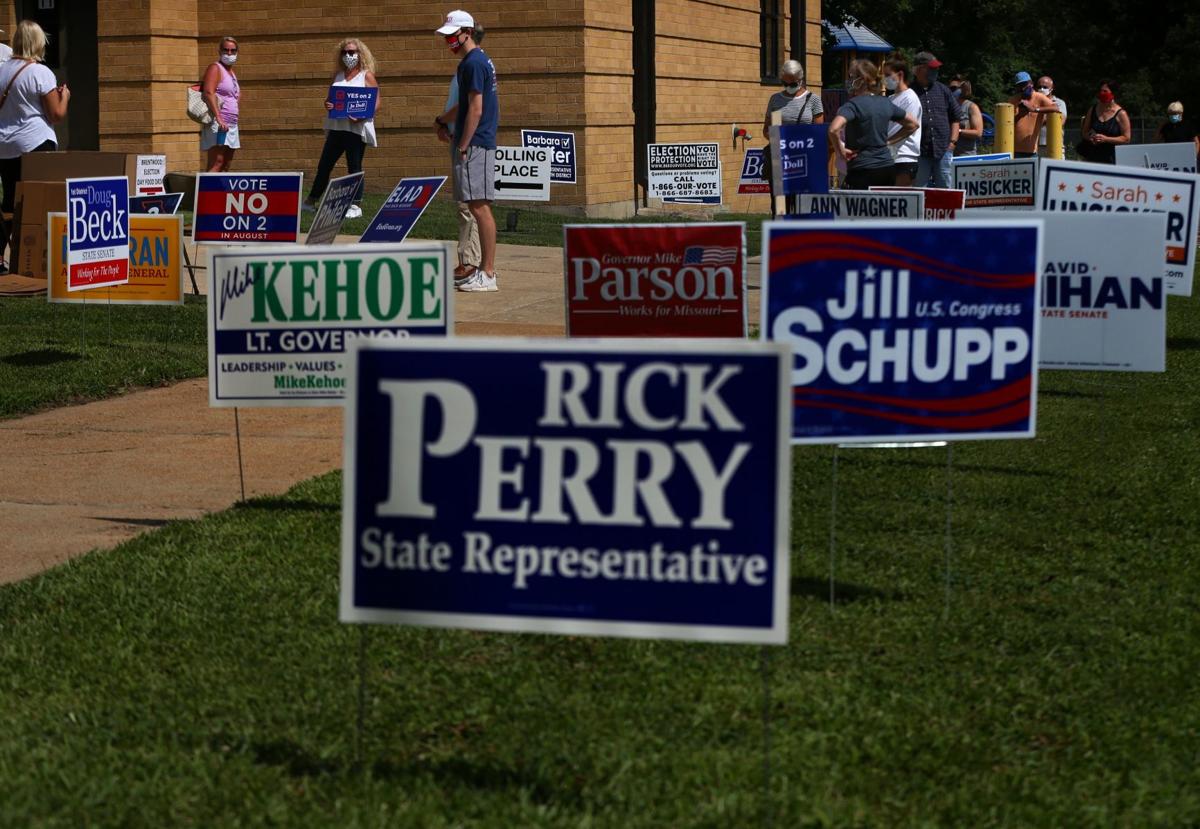Advertisement

SAN FRANCISCO — Open-air heroin use. Sidewalks smeared in human feces. Blocklong homeless camps and people with severe mental illnesses wading through traffic in socks and hospital clothes.
You would be forgiven if you thought that those descriptions of California’s urban ills came from the mouth of the state’s biggest detractor, President Trump. After all, as the president jetted off to the Bay Area on Tuesday for a fund-raiser, he took a moment with reporters on Air Force One to fulminate against “people living in our best highways, our best streets, our best entrances to buildings.”
But no, the worst descriptions of homelessness here frequently come from San Francisco’s archliberal politicians, who found themselves this week uncomfortably in agreement with the president they loathe. Mr. Trump’s sudden fixation with California’s homelessness problem is the rarest of cases where the state’s left wing actually recognizes a problem that the president feels strongly about.
Numerous protesters and politicians said they found Mr. Trump’s sudden interest in homelessness to be disingenuous and an example of the administration trying to score political points at the state’s expense instead of actually grappling with a humanitarian crisis that has become the driving political issue in state and local politics. The Department of Housing and Urban Development is, after all, putting into effect new regulations that could turn thousands of legal residents and citizens, including 55,000 children, out of public housing.
Still, the shared diagnosis of California’s housing problem left many policymakers here in the deeply uncomfortable position of conceding that the Trump administration has made some fair points.
That does not, however, mean they have any intention to cooperate with the administration on a solution, given the cauldron of mistrust and mutual distaste that exists between the president and large sections of California. For all of his talk of homelessness, Mr. Trump indicated to reporters that his sympathies rested with the taxpayers, rich immigrants and business leaders forced to wade through California’s urban detritus.
“In many cases, they came from other countries and they moved to Los Angeles or they moved to San Francisco because of the prestige of the city, and all of a sudden they have tents,” Mr. Trump exclaimed to reporters before disappearing behind the cloistered mansions of Silicon Valley. “Hundreds and hundreds of tents and people living at the entrance to their office building. And they want to leave.”
That did not endear the president to politicians already indisposed toward his overtures.
“Donald Trump is a slumlord who has spent his presidency pushing people into homelessness by taking away health care, food assistance and affordable housing funds,” said Scott Wiener, a Democratic state senator from San Francisco. “He has no credibility on housing and homelessness.”
Few people like to acknowledge it, but there are things the Trump administration and California policymakers basically agree on. On Monday, the president’s Council of Economic Advisers released a 40-page report on homelessness that was full of grisly and true statistics, such as California being home to one-twelfth of the country’s people but about half of the nation’s unsheltered homeless. The report also blamed many of California’s own policies, like its strict building and environmental regulations, for creating it. That is a fact that the state’s legislative analyst’s office and politicians from Gov. Gavin Newsom on down routinely affirm.
On Tuesday morning, Ben Carson, the housing secretary, toured a three-story building with bleached-wood exterior that looked like the boxy condominiums built for young techies but was, in fact, a new public housing development across the street from the old barracks-style projects it replaced.

Mr. Carson noted to reporters that the run-down public housing towers of old had given government housing a bad reputation, that people should not stigmatize public housing, that landlords should not discriminate against Section 8 voucher holders and that rampant not-in-my-backyard — or NIMBY — sentiment has impeded affordable housing and higher-density apartment construction near transit.
“We do want to create societies where policemen and firemen and nurses can work and then live in the same community,” he said. “But one of the big problems, and nobody wants to talk about it, is NIMBYism. Not in my backyard. O.K. to do it over here, but don’t come anywhere near me.”
Those are roughly the same talking points that California Democrats have been using for years. Last year, Mr. Wiener introduced a bill that would essentially seize zoning control from localities and make it harder to stop higher-density projects near rail stations. California cities and the State Legislature have passed laws banning Section 8 discrimination. Mr. Newsom campaigned on a plan to build 3.5 million homes by 2025, but has acknowledged this is a far-off goal that has zero chance of happening without major regulatory reforms.
Yet as Mr. Carson spoke, protesters chanted, “Trump and Carson, it’s no lie, you’re the reason we sleep outside,” while a woman dressed as Super Girl lamented the presence of a Trump administration official in her city.
Some of this is pure partisanship. California has become a useful foil to Mr. Trump, and any sign of agreement with him could be seen as a political liability. The state’s attorney general, Xavier Becerra, has filed 59 lawsuits against the Trump administration, on issues like immigration, health care and environment policy. Its Legislature has tried to counter the president on environmental regulations, climate change and labor policy, and its governor is a determined member of the “resistance.”
For its part, the administration appears to delight in confronting California. On Wednesday, the Trump administration is expected to formally revoke California’s legal authority to set tailpipe pollution rules that are stricter than federal rules, dealing a serious blow to the “green economy” that the state was trying to foster with or without Washington.
In that light, local leaders have some real and reasonable doubts about how serious the president is about trying to solve homelessness.
And Mr. Trump’s own comments on homelessness did not offer much in the way of reassurance because he seemed less focused on the homeless than their apparent victims, like California’s police officers — “They’re actually sick; they’re going to the hospital” — and property owners: “We can’t let Los Angeles, San Francisco and numerous other cities destroy themselves.”
To be sure, the main mission for Mr. Trump’s two days in Northern and Southern California was the $15 million he expected to raise at private events behind gates in enclaves like Portola Valley and Beverly Hills.
The homeless were not holding that against him.
“He’s not my favorite,” said Alan Catoe, a homeless man asking drivers for money at an intersection on the edge of Palo Alto, a 20-minute drive from the luncheon for the president at the mansion of Scott McNealy, a Silicon Valley titan. “But I don’t mind that he’s here. There’s a lot of rich people who want to give him money.”
As the president’s limousine sped toward Tuesday’s fund-raiser near Stanford, several hundred protesters chanted, “Shame! Shame!”
“When during his whole presidency has he brought up ways to solve homelessness?” asked Toni Norton, a retired sale executive on hand for the protest. “He’s just coming here for the money.”
Lola Fadulu contributed reporting from Washington, and Thomas Fuller from Palo Alto, Calif.
A version of this article appears in print on , Section A, Page 18 of the New York edition with the headline: Seeing a Homeless Problem, but Disagreeing on Solutions. Order Reprints | Today’s Paper | Subscribe


